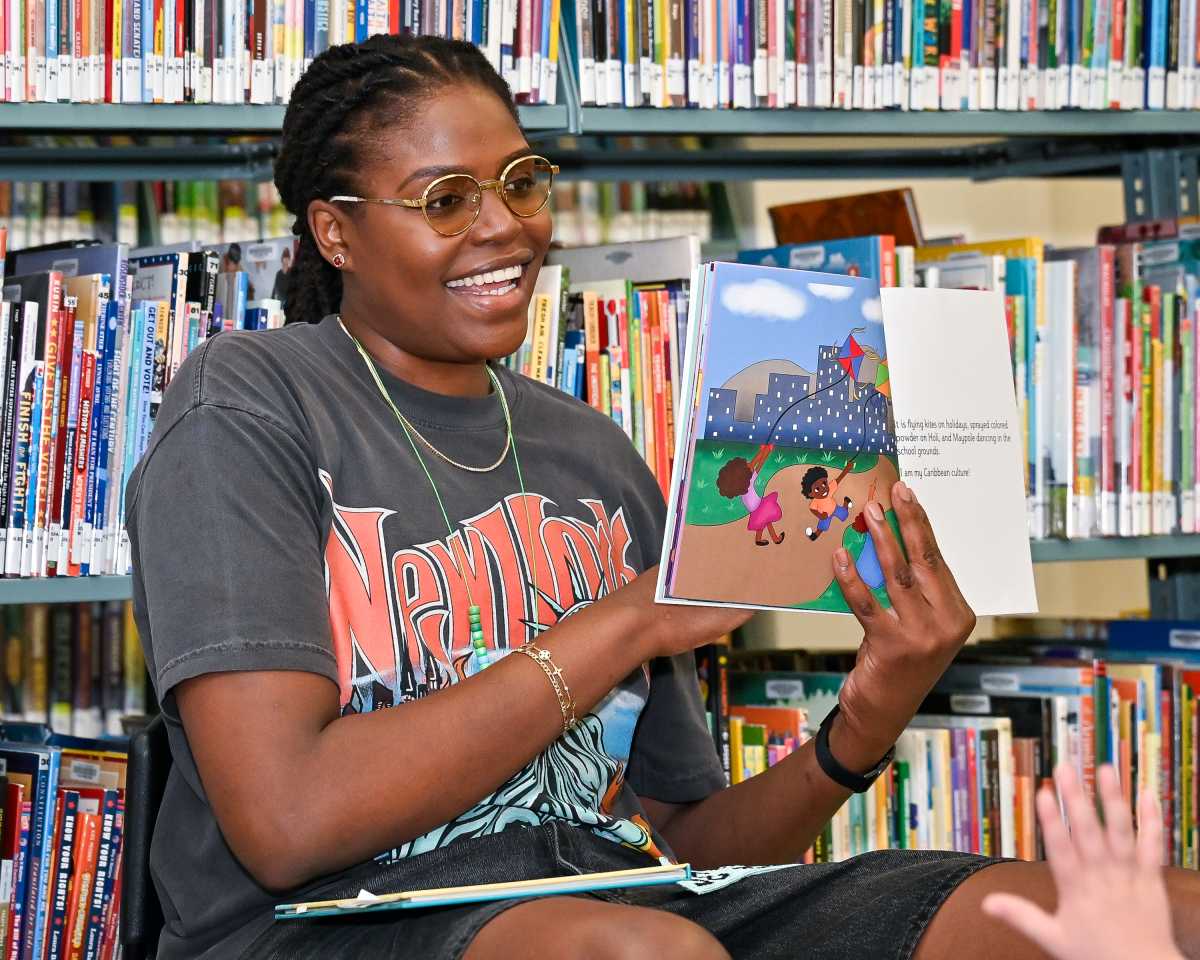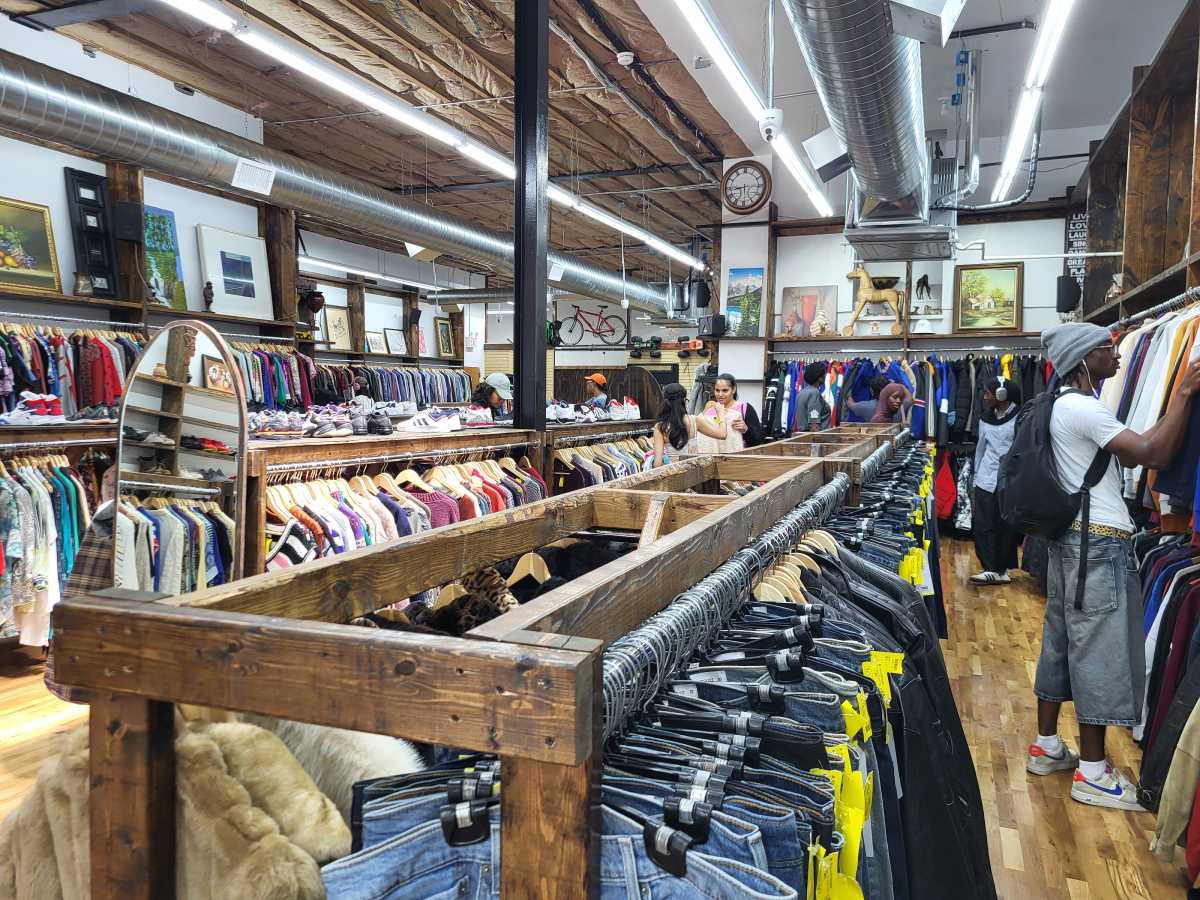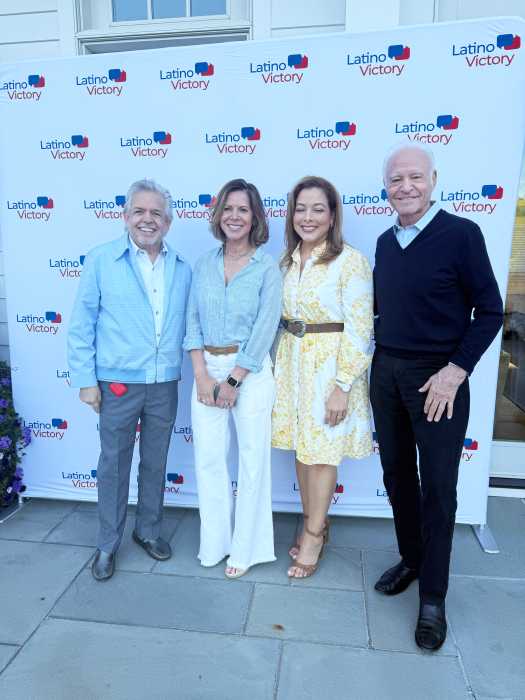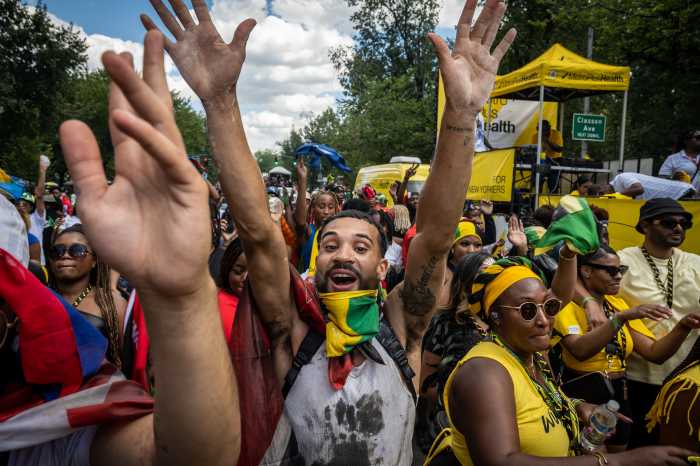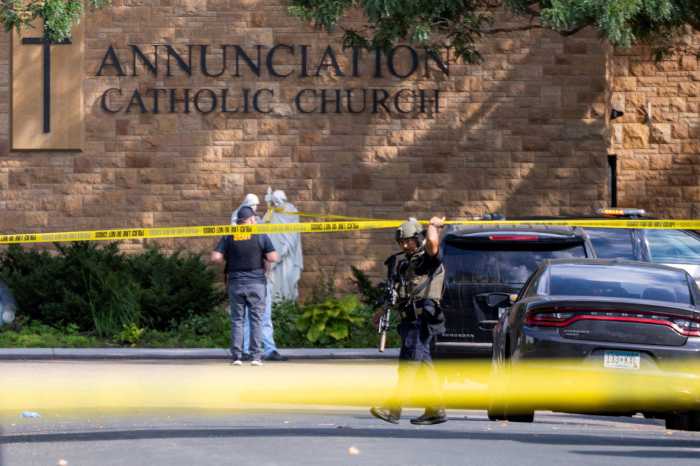By Erica Stein
Councilmember Alan Gerson this week issued a sweeping new proposal for a cultural district in Lower Manhattan. Gerson’s plan calls for the establishment of eight linked “arts corridors,” outlines the development of cultural space at the World Trade Center site and establishes the need for greater governmental support of existing arts organizations.
The plan was officially released at a press conference on the steps of City Hall yesterday afternoon.
The work, research and guiding principles that went into the report, however, date back more than two years to January 2002. That was when the Arts Advisors to the Select Committee first convened for their monthly meeting.
The Arts Advisors consist of 30 community leaders, many of who represent local arts organizations whose individual proposals the Department of Consumer Affairs had referred to Gerson’s office for discussion and review. The A.A.S.C. directed research, conducted by interns in Gerson’s office, into the cultural policies and campaigns of 31 other American cities. This research, combined with reports from earlier studies conducted by local organizations, formed the basis of Gerson’s proposal.
The report, which was commissioned by the City Council’s Select Committee for Lower Manhattan Redevelopment, chaired by Gerson, details a three-pronged plan to revitalize the arts, and through them, the Downtown economy.
The report states that while New York City has been considered the cultural capital of the world for much of the past century, that may not always continue to be the case.
Paul Nagle, Gerson’s liaison for arts and culture, explains the problem in terms of “bright flight” — artists priced out of neighborhoods they turned into high-traffic draws are leaving the city, lured away by the incentives offered in Portland, Baltimore and Chicago. The report has two strategies for dealing with the problem: “strengthening and creating cultural institutions and facilities; strengthening and facilitating artists in their opportunities to pursue arts creation and transactions.”
Strengthening existing arts infrastructure would be done by providing funding for a plethora of existing and nascent Downtown organizations, including the Angel Orensanz Foundation, the Battery Dance Company and the South Street Seaport Museum. The funding would be provided by the Lower Manhattan Development Corporation, specifically from its Community Block Development Fund.
Nagle says that one of the report’s main concerns was “the preservation of small arts organizations. We want to take stock of, stabilize and bolster the sector…. You can’t build on a shaky foundation.” One of the groups that would benefit from Gerson’s proposal is Collective: Unconscious, a 10-year-old theater group that has been displaced from its home on Ludlow St. The report recommends allocating $50,000 dollars to the group for “stabilization in [a] new space.”
Collective Unconscious co-founder Caterina Bartha, currently overseeing a fundraising drive for the group, said, “We’re trying to be smarter artists and smarter administrators. Part of that is being connected to Alan Gerson’s committee and being included. [The report] sets up a system where organizations like us can not only survive, but similar organizations can come into being.”
The plan’s second strategy would aid individual artists directly through an examination of the Loft Laws and the strict enforcement of the Artist in Residence codes. Nagle explained that the committee looked at the examples of other cities and countries, especially of Canada’s artist housing program, to develop their proposal, which calls on the city to help create affordable living and work space though tax credits and energy subsides.
The Gerson report also deals with the geographic presence of the arts Downtown. Among the cultural space being envisioned at the World Trade Center site are possibly a Children’s Museum of the Arts, the Joyce Theater Foundation, the New York City Opera and a Freedom Museum, relating to 9/11.
The W.T.C. site itself would be located within the linchpin of the report: the arts corridor. The name of the report is “Campuses & Corridors,” referring to Gerson’s vision of Downtown as a cultural district, with arts and culture concentrated in, but not restricted to a series of eight linked “campuses.”
The arts corridor would extend along Greenwich St. in Tribeca, through Battery Park City, the Financial District, the South Street Seaport, Chinatown and Little Italy, the Lower East Side, Soho and the East Village.
The proposed route was determined by the location of existing arts organizations and the availability of space to house new or displaced groups. The route would be studded with public art, marking the abstraction of a cultural district into a concretely marked reality. A Web site for the project can be found at www.downtownvisions.com.

























